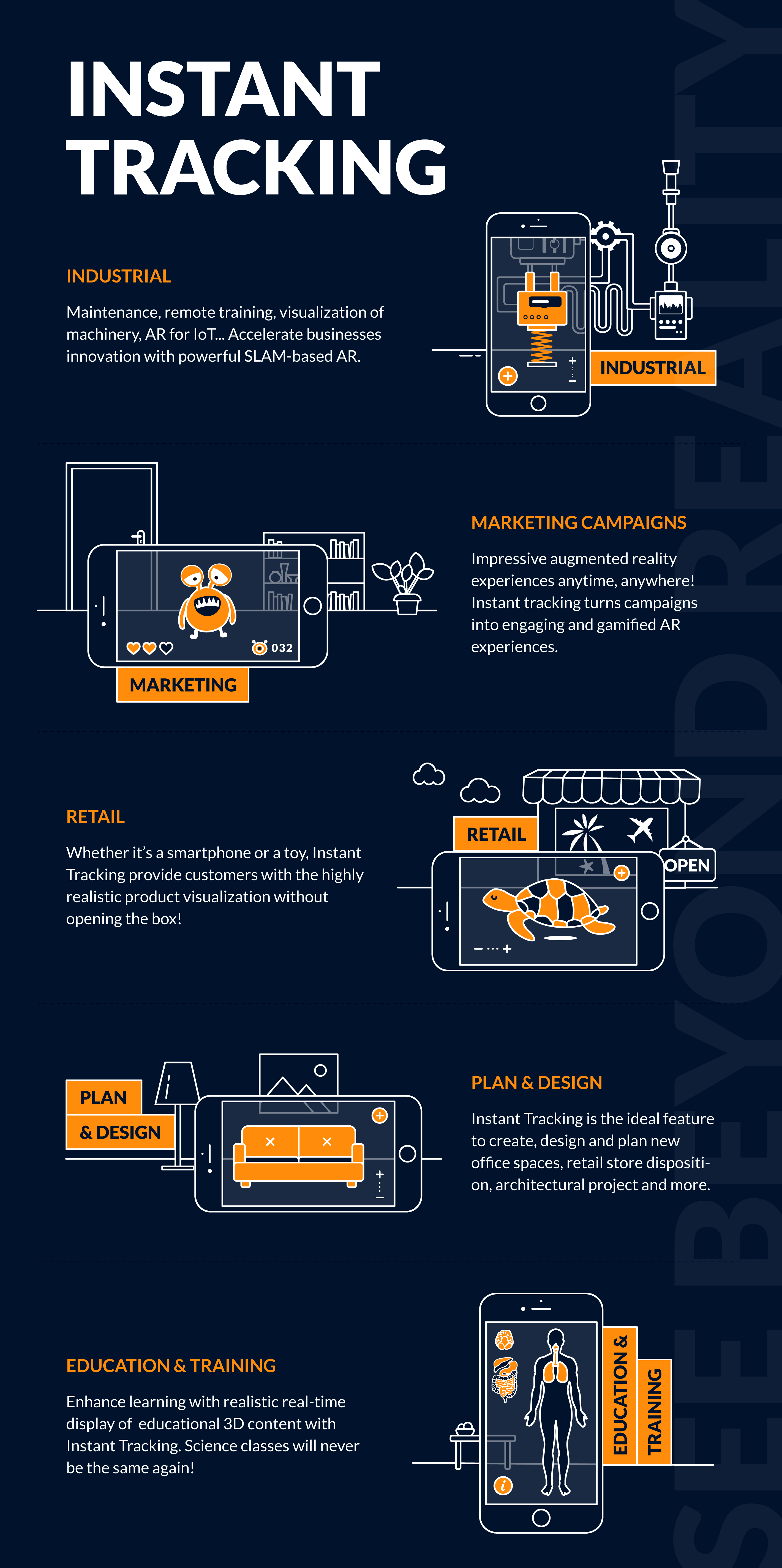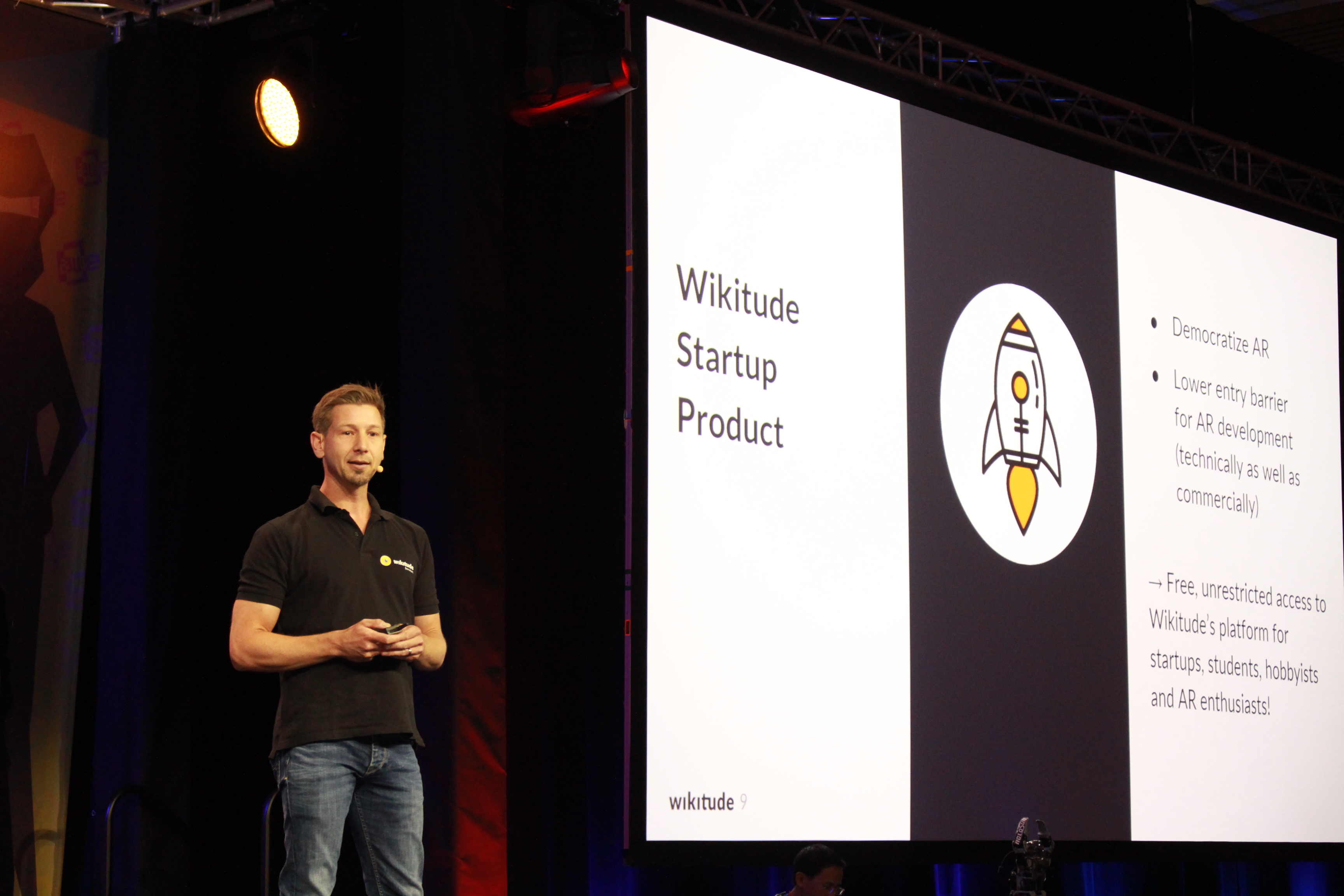This year marks the unprecedented rise of the blockchain-powered assets. NFTs are popular among the global creative community as they bring a promise to empower art creators and foster healthy relationships between buyers and sellers.
Many creators tap into augmented reality to make their NFTs even more spectacular. Dive in to explore NFTs and how augmented reality can help digital art creators benefit from this powerful combination.
What is an NFT?
Non-fungible tokens (or NFTs for short) stand for unique digital assets, as unique as the real-world objects they represent. Blockchain technology verifies NFT ownership. Their amount is strictly limited to ensure the digital collectible is one-of-a-kind and thus surge the demand and the price. Unlike most crypto-tokens, NFTs can’t be traded or exchanged for the same token, making them non-fungible.
As the official Ethereum website describes it, non-fungible is an economic term that you could use to describe things like your furniture, certain files, or computer. These items are not interchangeable with other items, because they are unique.
Each token is essentially a code in the blockchain (most likely Ethereum) tied to a particular digital asset and powered by a smart contract.

What’s so special about it? Each token has its owner, and the fact of ownership is transparent and easily verified.
Usually, NFTs represent a broad spectrum of digital pieces – from domain names to GIFs to digital skins for your favorite game character. This year we see the rise of content creators and digital artists turning to NFTs to market their art in a new way.
Are NFTs just a fad or worth a closer look?
The market of NFT has exploded in 2020, going from 41 million to roughly 338 million US dollars, reports WSJ.
New opportunities drive digital creators from all walks of life into the NFT space. Artists experiment with formats and explore what can be marketed as a digital asset.
As the market matures, it continues to push the boundaries of what creators put out there as NFTs. From the world’s first digital fragrance to digital racehorses or even an original YouTube video that has become a meme for the whole generation (this one was recently auctioned as NFT for $760,999).
What are the pros of NFTs?
It’s not only about potential independent income for creators, who can earn royalties with each sale and resale and benefit from the volatile cryptomarket.
NFTs allow creators to define the scarcity, making digital assets more valuable. The creators decide the quantity, going from the super rare artworks that are specifically minted to be only collectible to multiple replicas of the same creation. Creators can also easily prove the digital piece’s provenance, authorship, resell it without a dealer and earn resale royalties.
For investors, NFTs bring the confidence that the digital artwork they own is authentic, and the ownership can be easily proved. NFT owners can also freely manipulate and resell the assets they own through NFT marketplaces, potentially earning royalties on the resale.
Augmented reality NFTs: the what, the how and the why
Now, let’s move from the origins of NFTs to the augmented reality for NFTs and explore how these two technologies can work together.
Augmented reality enables creators to provide more depth and context to any digital artwork. Overlaid digital content can be accessed by the user anywhere anytime, projected into the real world through any smart device.
Ever been to a gallery where an artwork resonated so much, you wished you can take it home to admire any time? Now you can own a piece and have it not only readily available but enriched with 3D augmentations, sounds, and other virtual components that communicate with the environment around you.
How can I use AR (Augmented Reality) for NFTs?
At this point, you are probably wondering how can you as a creator get started and if there is any value AR can bring to NFTs.
To answer those questions, we asked the XR creator, consultant, and crypto artist Don Allen Stevenson III and the architectural design studio and research collective iheartblob to share their experience.
Can Augmented Reality add value to NFTs art and if yes, in which way?
Don: I would say yes! AR can add value to NFTs for the very reason that NFT spring value to completely virtual objects. If someone can value a piece of digital artwork, they can truly value the utility that can be provided by an augmented reality asset or experience. I think that one of the easiest ways to fund the augmented reality future is through the use of NFTs, as a way of keeping a virtual receipt and provide ownership in the metaverse.
iheartblob: Digital art has been trying to establish itself within the arts community for years. People still think that it doesn’t have’ value’ if you’re not utilizing physical materials (such as a paintbrush or a canvas). The establishment of digital art is important for other mediums beyond traditional animation or still rendering. Placing a monetary value on the digital, alongside the extension of the digital into the physical has opened a unique prospect for art.
Do you think AR use can influence the perception of an NFT art piece?
Don: AR can influence the perception of an NFT art piece because it adds another dimension to it. If the artwork can be appreciated in 2D, I feel like it has even more value and can be appreciated in 3D. If you tied the programming nature of augmented reality you can literally add a fourth dimension, filling up more ways to engage mentally with the artwork.
How Augmented Reality can influence the future of NFT art?
iheartblob: The future of NFT art will be integrated with all things digital. As the artifacts we interact with within it are often seen as having an infinite supply, some people believe they’re free, cheap, and often worth less than their physical counterparts. The ability to mint and verify the existence of real digital item changes the entire perception of virtual space.
We can imagine a world where we independently or collectively own and govern our virtual overlaid cities through NFTs. AR will work to benefit NFTs as they do for AR, validating virtual space and architecture.
How to get started with Augmented Reality and NFT?
Don: The best way to get started with AR is to start with tools that are free and available. I highly recommend the free program Blender to learn how to create assets that work in AR. If that’s a bit too scary, start off with a platform like SketchFab and download assets, and start learning how to integrate those into the free AR platforms. There is Spark AR, Lens studio, Adobe AERO, and Reality Composer: each has its pros and cons.
Next, I’d recommend looking up on YouTube how to prepare assets for video games (as it’s the same pipeline for how to prepare assets for augmented reality). For NFTs, it’s best to start with what is low cost and available. My advice is to start off with a meta-mask account to store virtual currency and then making an account in a marketplace like OpenSea or Rariable.
iheartblob: For us, the simplest way to get involved with NFTs is to get familiar with the crypto Proof-of-Stake ecosystem and the NFT marketplace – we can recommend HICETNUNC. This is a great place for beginners – the minting fee is very low because the marketplace uses the cryptocurrency Tezos rather than Ethereum.
As for AR, there are a number of simple ways to get involved. We would suggest anyone check out our main tools when creating new MR experiences. We use predominantly Unity3D and Wikitude, especially for Image Tracking and Scene Recognition, which we are incredibly excited about.
How to use Wikitude’s SDK when creating augmented reality experiences for NFTs?
iheartblob: Our excitement with Wikitude lies in the ability to harness advanced techniques such as visual positioning systems in the form of Wikitude’s scene recognition. It allows architects and designers to work at a 1:1 scale with our cities and architecture. This combined with NFTs gives the ability to mint 1:1 architectural experiences tied to their location, that become singular or collective experiences for the end-user.
Did this blog post get you inspired to try Augmented Reality for NFTs? Follow Wikitude on Twitter, Facebook, and LinkedIn, and sign up for our newsletter to receive the latest news about augmented reality first hand!
 Support
Support FAQ
FAQ




















